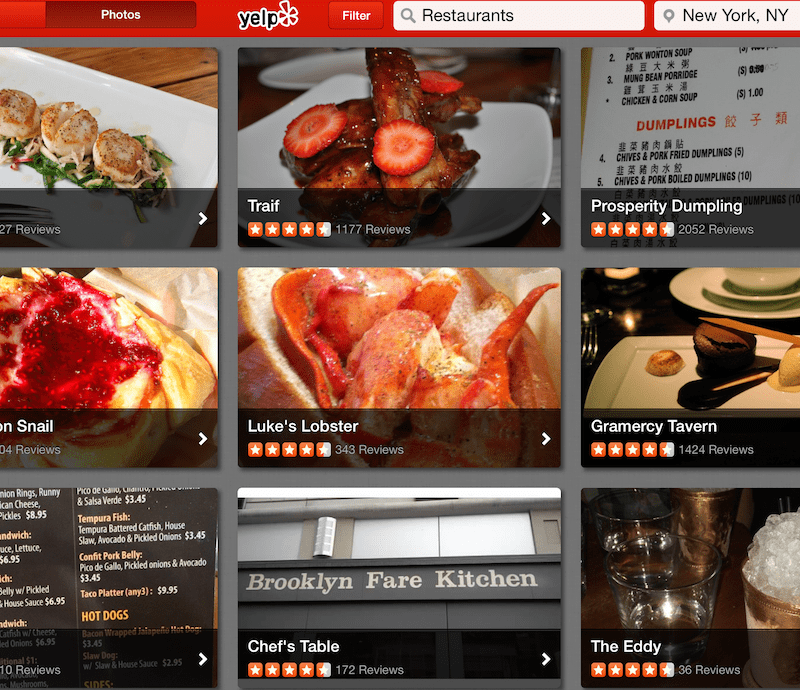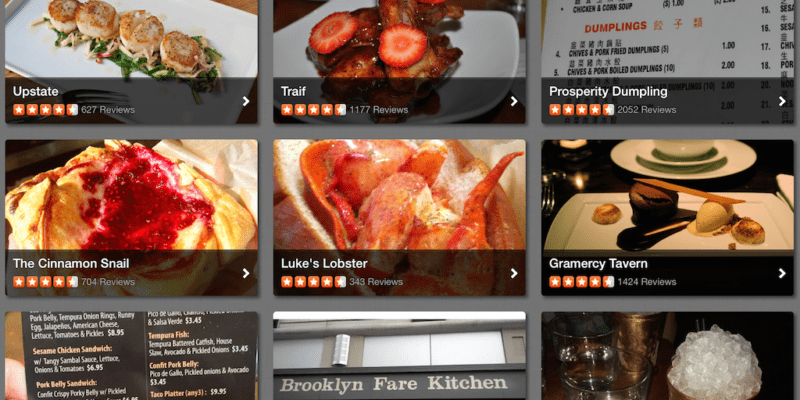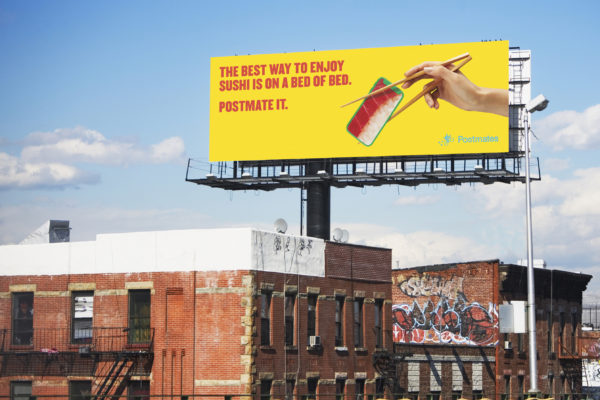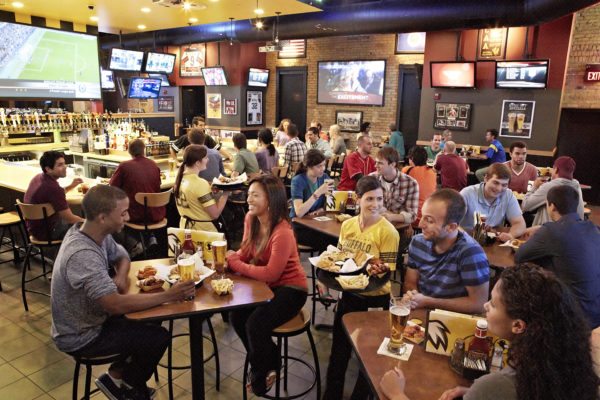Skift Take
Amid all the song and dance described here, professional critics have to work even harder to discern the everyday diner experience from a show put on solely for a critic's benefit.
— Kristen Hawley
The democratization of food criticism — by Yelp, of course, but there are others including most social media — has changed the game for restaurants. No longer are they only beholden to the opinions of a few high-profile professional critics, but by anyone in the restaurant with an opinion and internet access.
“Way before there was Twitter or Instagram, there were blogs,” Danny Meyer said onstage at Skift Global Forum earlier this year. “We’d be asked all the time, what do you think about all these people writing about your business? I was scared to death at first. Then I realized that that experience happened. It’s better if I know about it. It gives me an elevated way to address it.” In this way, Yelp reviews and social postings from the non-pros are a purer form of criticism; sharing what’s understood to be one person’s opinion, and often providing a direct connection between restaurant and diner, where the restaurant can repair the damage, often quietly.
Even amid Yelp and social media’s rise to prominence, the big name critics for the big-name publications are still a massive part of a restaurant’s success. Some restaurants have quite literally changed the way they do business to accommodate the big names. The Washingtonian is the latest to report on the lengths local restaurants go to to please an “anonymous” critic.
This includes scouring the internet (and friend networks) for photos of anonymous critics, plastering their faces in their kitchens, and training management to recognize when one walks in the door. It also details the special treatment that critics receive, calling executive chefs or kitchen staff in from days off, taking care to cook and perfectly plate dishes — sometimes at the expense of other diners’ orders — or seating friends and restaurant regulars near the critic to guarantee everyone within earshot is having a great time. (If you’re interested in the perspective from the other side of the table, I love Ruth Reichl’s Garlic and Sapphires.)
Say what you will about the Yelpers, at least sitting next to one of them won’t demote my standing with the server.
Of course, the internet provides a way to respond to even the biggest critics, too, and chefs and restaurateurs have taken the opportunity to talk back. David Chang famously referred to New York Times critic, Pete Wells, as a “f—ing bully” in a New Yorker profile of the critic. But for the most part, restaurateurs know that these big name reviews can make or break their businesses, and they’ll pull out all the stops to keep them happy.
Hence the usefulness of online, anonymous, or “amateur” reviews — detailing the experience that the everyday diner has at a restaurant, not the tailored and choreographed show that a place puts on for a critic. All of this is also a reminder of the thin margins restaurants work with and what just one misstep, or perceived misstep, can do to its bottom line.






